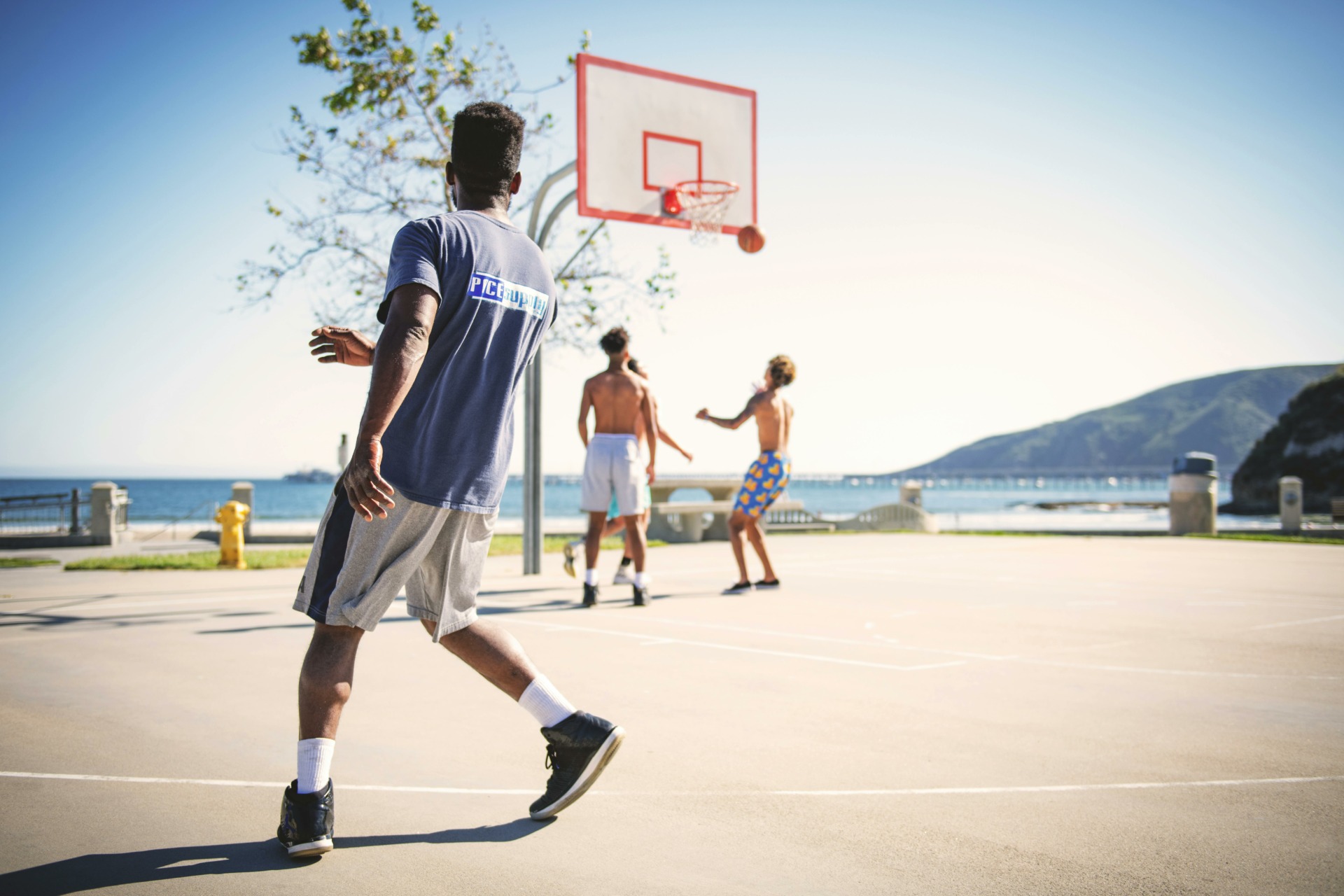Whether you’re a fitness enthusiast or a professional athlete, the concept of using substances to enhance performance and recover from a hard workout or injuries is nothing new. Athletes of many sports resort to both legal and illegal means to boost performance and recuperate—sometimes with dire consequences. As the stigma surrounding cannabis slowly dissipates and as knowledge of its benefits continues to spread, it comes as no surprise that athletes are now using marijuana to aid in their training and recovery practices.
FOLLOW US ON FACEBOOK & INSTAGRAM
How Do Athletes Enhance Their Performance & Recovery?
Enhancement methods for athletes usually focus on either the physical or mental aspects of performance. Physically, athletes may adopt simple lifestyle changes like eating a high protein diet and supplementing with vitamins—or they may turn to more involved measures like hypoxic training, which makes the cardiovascular system more efficient by forcing the body to work out in low oxygen conditions.
Athletes may also take supplements to improve their mental state and boost focus. Caffeine is a popular, legal and easily accessible way to increase alertness, yet some athletes may turn to amphetamines or other illegally acquired substances, which can have severe side effects like organ failure and nerve damage.
Recovering quickly after intense workouts or after injuries is key for athletes—especially professionals whose livelihoods depend on the performance and the wellness of their bodies. Traditional methods of recovering from minor sports injuries include rest, icing, massage and using compression garments. For professional athletes, methods of recovery can be more extreme. They may undergo surgery to repair torn tissue, and many are prescribed opioids in order to cope with pain.
Opioid misuse in professional sports has gained much attention recently, with former and current NFL players admitting to excessive opioid use. A 2011 study surveyed 644 retired NFL players—52% of those interviewed used opioids during their career, with 71% reporting misuse. In addition, 15% of those reporting misuse during their career reported current misuse of opioid pain medications.
How Can Cannabis Aid Sports Performance & Recovery?
An increasing number of athletes are using cannabis to enhance their performance due to its ability to:
- enhance focus.
- reduce anxiety.
- eliminate feelings of fatigue.
Plenty of anecdotal and preliminary research exists to support using cannabis for these purposes, although studies aren’t specific to sports enhancement. For example, adults with ADHD often medicate with cannabis because it helps them relax and focus—some even prefer it over prescription medications. A study that came out earlier this year found preliminary evidence supporting cannabis use for ADHD.
Meanwhile, CBD has been shown to have anti-anxiety properties by mediating receptors in the body’s endocannabinoid system. And finally, those with conditions that can lead to fatigue, like depression and stress, often report that using cannabis can energize them and help them function. While not traditionally thought of as an energizing substance, several cannabis strains are known specifically for giving users a boost—among them are Durban Poison, Green Crack and Ghost Train Haze.
RELATED: THE 420 GAMES CELEBRATES ATHLETES, HEALTHY LIVING & CANNABIS
Cannabis’s anti-inflammatory and neuroprotective properties can help athletes recover from training and injury, and its powerful pain-fighting abilities are already being advocated by those seeking alternatives to opioids. Athletes looking to recuperate after an intense workout tend to use CBD for its anti-inflammatory properties. CBD plays a part in how our bodies process pain, and there’s already a large body of preclinical evidence that can vouch for the molecule’s ability to treat different acute, inflammatory and neurological pain.
Cannabis can also work in concert with opioids to magnify the pain-relieving properties of these narcotics, leading to overall reduced opioid use. In fact, cannabinoids are so effective in fighting pain that some athletes have turned to cannabis in lieu of opioids—regardless of whether their sport deems its use legal. Many studies, including one HelloMD conducted with UC Berkeley have found that a high percentage of people regard cannabis as effective or more effective than opioids in pain management. Given all of these reports, it comes as no surprise that pro athletes are also using cannabis in this manner.
Another property of cannabis that makes it especially useful in contact sports is neuroprotection. Both CBD and THC have shown neuroprotective properties in various studies, but the exact mechanism of how these molecules help preserve brain cell function and structure needs to be further studied. Researchers cite the many ways this might occur: from activation of CB1 and CB2 receptors to direct action on nerve cells. A 2017 review article concluded that phytocannabinoids showed therapeutic promise for traumatic brain injuries, further cementing reasons why this plant is so popular among NFL players—many of whom suffer from chronic traumatic encephalopathy (CTE), a type of degenerative brain disease that arises from repeated impacts to the head.
How Can Cannabis Be Integrated Into a Training & Recovery Regimen?
Cannabis can complement many traditional and holistic training approaches as well as supplement a recovery regimen. It’s typically easier to use cannabis for recovery than it is for performance. This is because athletes using cannabis as part of a training strategy must consider many different mental and physical factors.
When used properly, cannabis can help athletes relax and focus during workouts and competitions. For VapeXhale Founder Seibo Shen, a jiu-jitsu fighter and strength trainer for combat athletes, cannabis allows his clients to be “supple leopards”—calm, yet also dynamic and ready to spring into action.
Seibo works closely with athletes to fine-tune a regimen that works best for their body. He puts an emphasis on getting his clients to establish athletic goals and then uses cannabis to help them zero in on those goals. “Weed brings you back to a child’s mind,” he says. “You see something interesting and your attention focuses on that interesting thing. If we make that thing your competition—that’s when we increase performance. And it’s not just the weed—it’s the full process.”
Seibo has managed to develop a pre-workout routine that addresses a person’s unique biochemistry. Before every session, athletes in Seibo’s gym partake in a five-minute yoga breathing exercise after which the athletes microdose caffeine and consume a landrace sativa strain. The yoga breathing exercise, which is typically “Breath of Fire,” a kundalini breathing technique, brings the whole class into a consistent mindset. “That way when we administer the medicine, people aren’t just super high and caffeinated, while other people are lethargic,” he says.
Integrating cannabis into a recovery regimen is much simpler: Athletes experiment to figure out how to harness cannabis’s anti-inflammatory and pain-fighting properties to suit their needs. For athletes who are using opioids to cope with pain, cannabis can either supplement opioid use or replace the drugs altogether. Sleep is one of the most important factors in helping the body heal, but it’s often disrupted for those in pain—cannabis, with its analgesic and sleep-inducing qualities, can be especially beneficial for athletes.
Sativas & High CBD Products Tend to Be Athlete Favorites
Every individual is different, but based on research and anecdotal evidence from athletes who use cannabis in their training regimens, here are some generalizations that can serve as a good jumping-off point for those interested in incorporating cannabis into their fitness routine.
To encourage focus and energize yourself before a workout, a sativa works best—Seibo uses the landrace sativa Red Congo to help his clients hone their focus. Other sativa strains known for their uplifting effects are Durban Poison, the “espresso of cannabis strains”; Green Crack, whose name speaks for itself; and Harlequin, whose high CBD content is a good fit for those who want to avoid THC.
Athletes like to use high CBD products or strains to help them recover after workouts or injuries, while indica-dominant THC edibles can also help athletes sleep, leading to faster recovery times. If you’re feeling a lot of pain and want immediate relief, vaping is the best method of consumption, as most athletes usually avoid smoking due to the irritation it can cause to the throat and lungs. Edibles and tinctures provide longer-lasting relief, but may take a while to kick in.
If you’re new to cannabis and want to learn more, take a look at our Cannabis 101 post. HelloMD can help you get your medical marijuana recommendation; it’s easy, private and 100% online.






